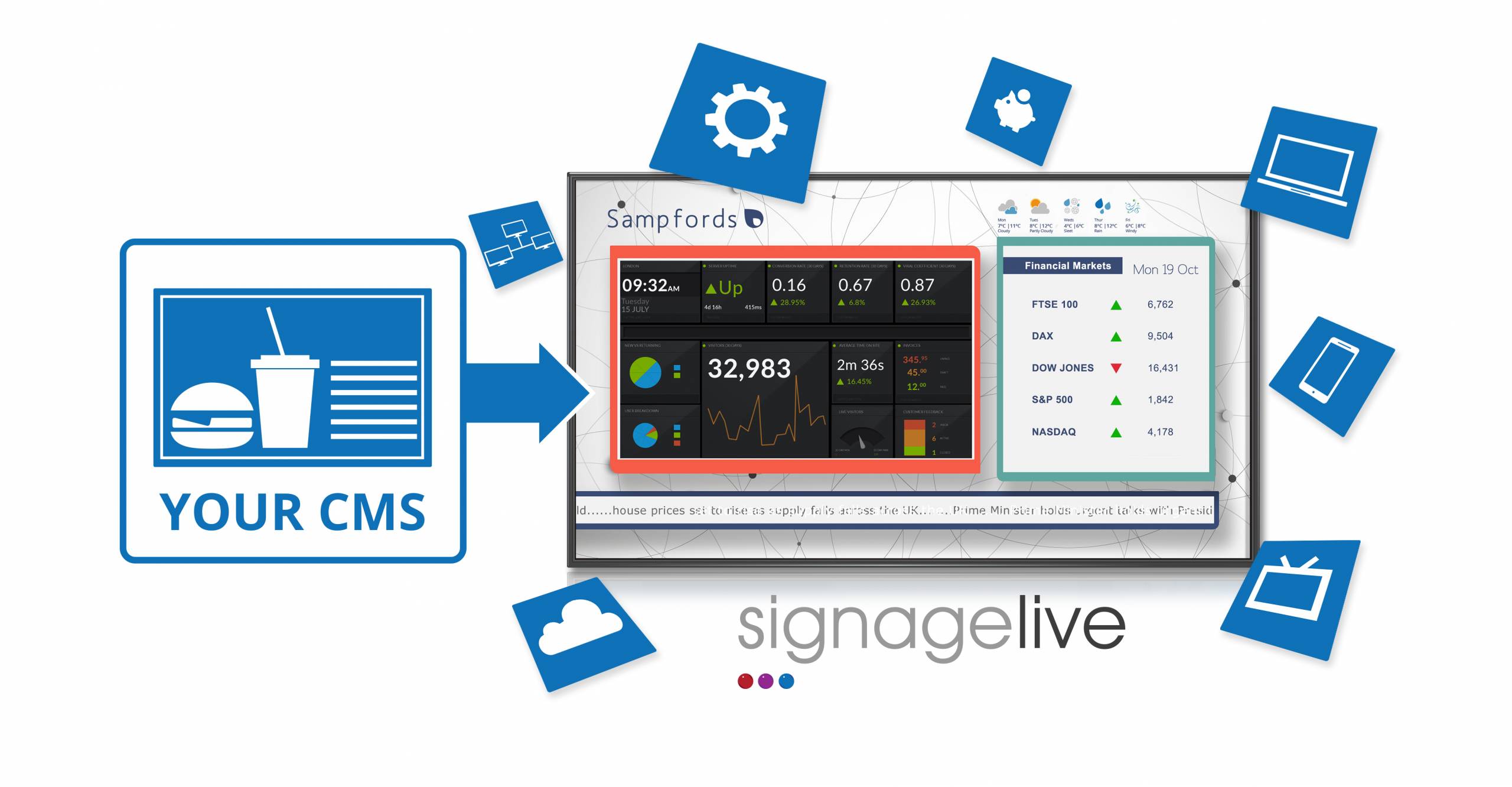Digital signage is an emerging trend in the world of marketing. It has been used for years in airports, elevators, and other public places, but now it is being adopted by small businesses. This article will explain the working of Digital Signage. You can also refer to https://kitcast.tv/how-it-works/digital-signage-for-apple-tv/, to know more interesting things about this thing in general.
How does Digital Signage work?
1. Content Delivery
First, the content is uploaded to a digital media player, which then delivers that content through either cables or wireless networks. The most commonly used players have LED displays, LCD screens, and projectors.
These devices receive data wirelessly from computers running Windows OS or Mac OS X. Some of these come with their proprietary software. In contrast, others use third-party systems like Microsoft PowerPoint 2010/2013/365 for PC-based slideshows or Google Slides / Prezi for cloud-based presentations, etc.
2. The Hardware
The second part of how digital signage works is the hardware. Depending on your requirements, business goals, and budget constraints, the hardware can either be networked or standalone.
Networking allows for more complex interactions with other devices like interactive kiosks. In contrast, standalone players are easy to set up by connecting them to a power source & loading content onto memory cards.
3. Installing the Hardware
The best part about digital signage is that it can be easily installed. All you need to do is plug in your hardware devices like LCD screens, projectors & media players. You also have an option of renting or leasing equipment if required depending on your business goals and budget constraints.
4. User Interface
The final step in how digital signage works is to use a software tool to monitor and control your devices. This can be accomplished by using standard network protocols like TCP/IP, FTP, or RTP. Still, there are also free tools available which you can download from various websites that allow for scheduling and customization options & give you more granular controls over all aspects of your business operations.
Digital Signage has seen rapid growth in recent years because it allows users to instantly communicate with their target audience. One ideal example where to use digital display is in waiting rooms where clients, customers, or patients relax while they wait for their turn for a service they avail. Digital waiting room displays can be used in a wide range of industries, from transport to healthcare and manufacturing. It lets you engage potential customers precisely where they are looking for information about your products or services.
5. Additional Features
In addition to displaying your content, digital signage also allows you to integrate social media platforms with simple applications.
For example, You can create a Facebook page and use the “like” button as an on/off switch for your display monitor! Or you could have Twitter trending topics displayed on the screen so that people in the immediate vicinity know what everyone else is talking about.
These are just two examples of how this technology gives small businesses a chance against their competitors, who might be more prominent companies but don’t take advantage of Digital Signage as they should.
Conclusion
Digital signage is a great way to increase conversions, but it’s also helpful if you have employees that know how to make changes. It’s best if they don’t need an IT person or someone who has design training.
